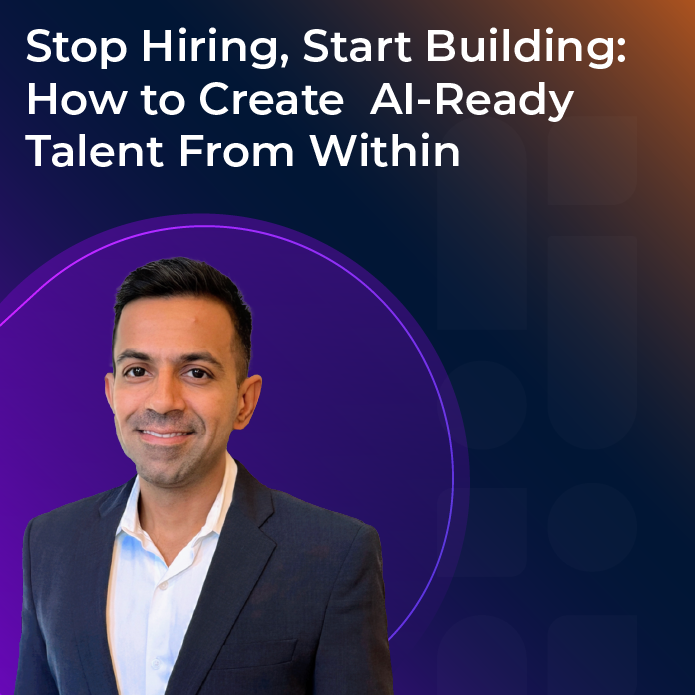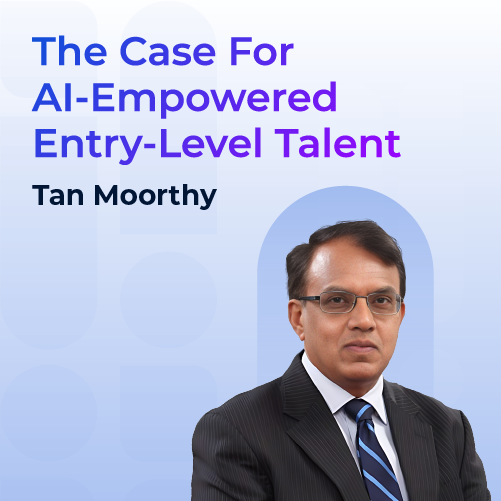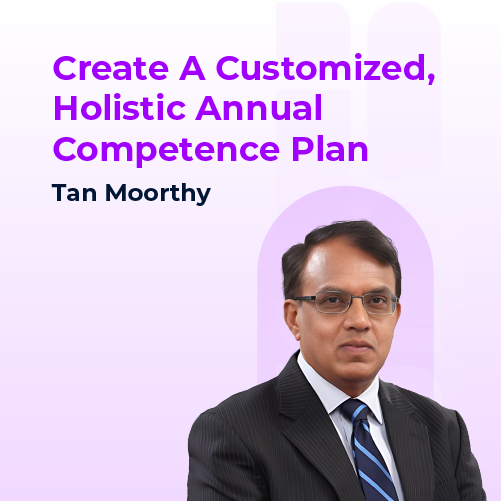Insights

Blog

The world of work is undergoing a seismic shift. The pace of technological advancement, automation, and AI-driven transformation is 20 times more disruptive than the Industrial Revolution. While organizations know they must prepare for this future, many struggle with a clear strategy to integrate skills intelligence, talent planning, and learning innovation into a seamless growth engine.
Just as Tony Stark in Iron Man had access to raw materials and technology but lacked a structured plan—until he assembled the first Iron Man suit—organizations today have learning platforms, skills intelligence data, and talent strategies but often fail to connect them into a scalable, strategic roadmap.

In a world where 50% of employees will require reskilling by 2025 (World Economic Forum), workforce transformation is no longer optional—it is the defining factor between success and stagnation.
The Workforce Disruption: Why The Growth Equation Matters
The U.S. Department of Labor categorizes jobs into five zones, ranging from low-skill, entry-level roles (Zone 1) to highly skilled, specialized roles (Zone 5). Traditionally, workforce mobility between these zones has been limited.
But AI and GenAI technologies are blurring these lines, enabling:
- Entry-level workers in Zone 2 to perform Zone 3 and 4 tasks with AI-assisted workflows.
- Mid-level professionals to upskill into higher-order, strategic roles faster than ever before.
- Organizations to rethink traditional hiring by leveraging internal upskilling before seeking external talent.
Yet, challenges remain:
- Less than 50% of companies have a clear skills taxonomy (McKinsey & Co.).
- 60% of organizations using skills intelligence platforms do so primarily for comparing current workforce skills against future needs (Deloitte).
- Only 1 in 4 HR leaders believe their organizations are equipped to adapt to AI-driven workforce disruptions (Gartner).
Despite having the right learning tools, data, and talent programs, organizations often fail to connect the dots, leading to fragmented workforce development and misaligned hiring strategies. This is where the growth equation becomes a game-changer.

Step 1: Skills Intelligence — The Foundation of Growth
Skills intelligence is the GPS of workforce strategy—helping organizations take stock of current capabilities, map them against ideal growth trajectories, and pinpoint critical skill gaps.
LinkedIn’s Future of Work Report (2024) revealed that companies leveraging skills intelligence saw a 35% improvement in workforce agility and internal mobility.
Yet, most enterprises lack an integrated skills intelligence framework, leading to:
- Disconnected learning initiatives that do not align with actual skill needs.
- Hiring inefficiencies where organizations spend on external recruitment instead of upskilling internal talent.
- A reactive workforce strategy instead of a data-driven, predictive approach.
Organizations need to gain access to AI-driven insights that help them anticipate workforce needs before skill gaps become bottlenecks.
Step 2: Learning Innovation — Reskilling the Workforce for the AI Era
Learning today is NOT about long lectures or outdated training manuals. Instead, successful enterprises invest in:
- Microlearning and Learning-in-the-Flow of Work – Delivering training exactly when employees need it.
- AI-Powered Personalized Learning – Tailoring content to each learner’s role, skill level, and career aspirations.
- Gamification and Immersive Training – Leveraging VR, AR, and AI to create engaging, hands-on learning experiences.
Think of Neo in The Matrix—he doesn’t randomly acquire knowledge but downloads exactly the skills he needs to succeed. That’s what modern workforce learning must look like. McKinsey’s Workforce Analytics Report found that AI-native employees are 1.5x more productive than their non-AI-trained counterparts. Yet, many organizations still rely on outdated learning models, failing to integrate real-time workforce development into business strategy.
Step 3: Talent Planning — The Chessboard Approach
Traditional hiring is no longer sustainable. Enterprises must think like chess masters, planning talent moves several steps ahead.
Remember Moneyball? The Oakland A’s didn’t chase expensive star players. Instead, they used data analytics to:
- Identify undervalued talent with high potential.
- Develop and optimize their existing team.
- Build a championship-winning strategy despite budget constraints.
Enterprise Talent Planning Must Adopt the Same Model
Organizations must:
- Use data analytics to uncover hidden high-potential employees.
- Design structured upskilling pathways to help employees step into higher-value roles.
- Build emerging talent pipelines—recruiting, training, and deploying skilled entry-level professionals to backfill internal promotions.
At Revature, we empower enterprises by integrating skills intelligence, learning innovation, and talent planning into a seamless growth strategy. Our AI-powered skills mapping identifies future talent needs, while customized digital academies ensure workforce upskilling aligns with business goals. The Total Talent Solution model supports AI-driven workforce mobility, helping employees advance into higher-value roles while reducing external hiring dependence through scalable digital academies. Additionally, we help enterprises infuse high-potential entry-level talent through structured training programs, ensuring a steady pipeline of skilled professionals. With innovative Talent Accelerators, we deliver personalized, multi-modal learning experiences that evolve with enterprise needs. With Revature, enterprises don’t just hire talent—they create, nurture, and optimize it for long-term success.
Are you ready to build your Growth Equation? Contact us today to get started.


Stop Hiring, Start Building: How to Create AI-Ready Talent From Within
Explore the full story
Stop Hiring, Start Building: How to Create AI-Ready Talent From Within
Explore the full story







.webp)